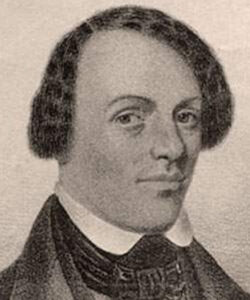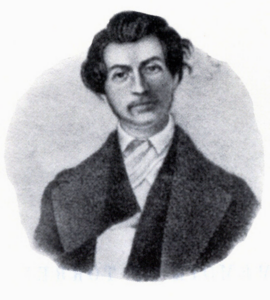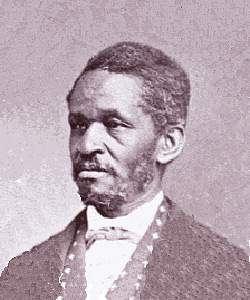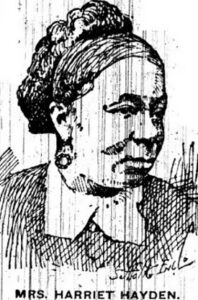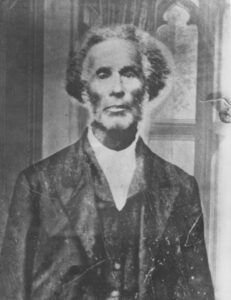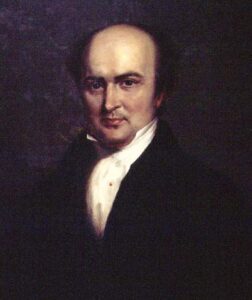New York governor William Seward refuses to extradite three Black sailors to Virginia on slave stealing charges, signaling Northern states’ growing resolve to protect their free Black residents
Date(s): escaped 1839
Location(s): Norfolk, Virginia; New York
Outcome: Freedom, Refusal to Extradite
Summary:
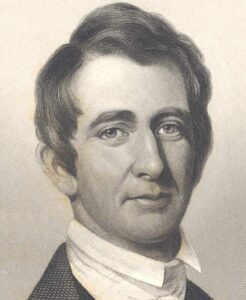
New York governor William Seward refused to extradite three Black sailors to face slave stealing charges in Virginia (House Divided Project)
During the summer of 1839, an enslaved carpenter named Isaac escaped from Norfolk, Virginia aboard the Robert Center, a New York ship. Isaac had apparently relied on the assistance of three Black sailors from New York, Isaac Gansey, Peter Johnson, and Edward Smith. But Isaac’s slaveholder caught on and alerted authorities about the escape. Virginia’s lieutenant governor, Henry L. Hopkins, demanded the extradition of Gansey, Johnson, and Smith to face slave stealing charges in Virginia, but New York governor William Seward refused. Seward argued that because New York state laws did not recognize slavery, there was no comparable charge to slave stealing to provide grounds for extradition. The case prompted a lengthy standoff, with Virginia’s legislature targeting New York vessels with special inspection fees, and also helped launch Seward’s career as a darling of the political antislavery movement. In the end, Gansey, Johnson, and Smith never faced extradition, a sign of Northern states’ growing resolve to protect free Black residents on their own soil.

